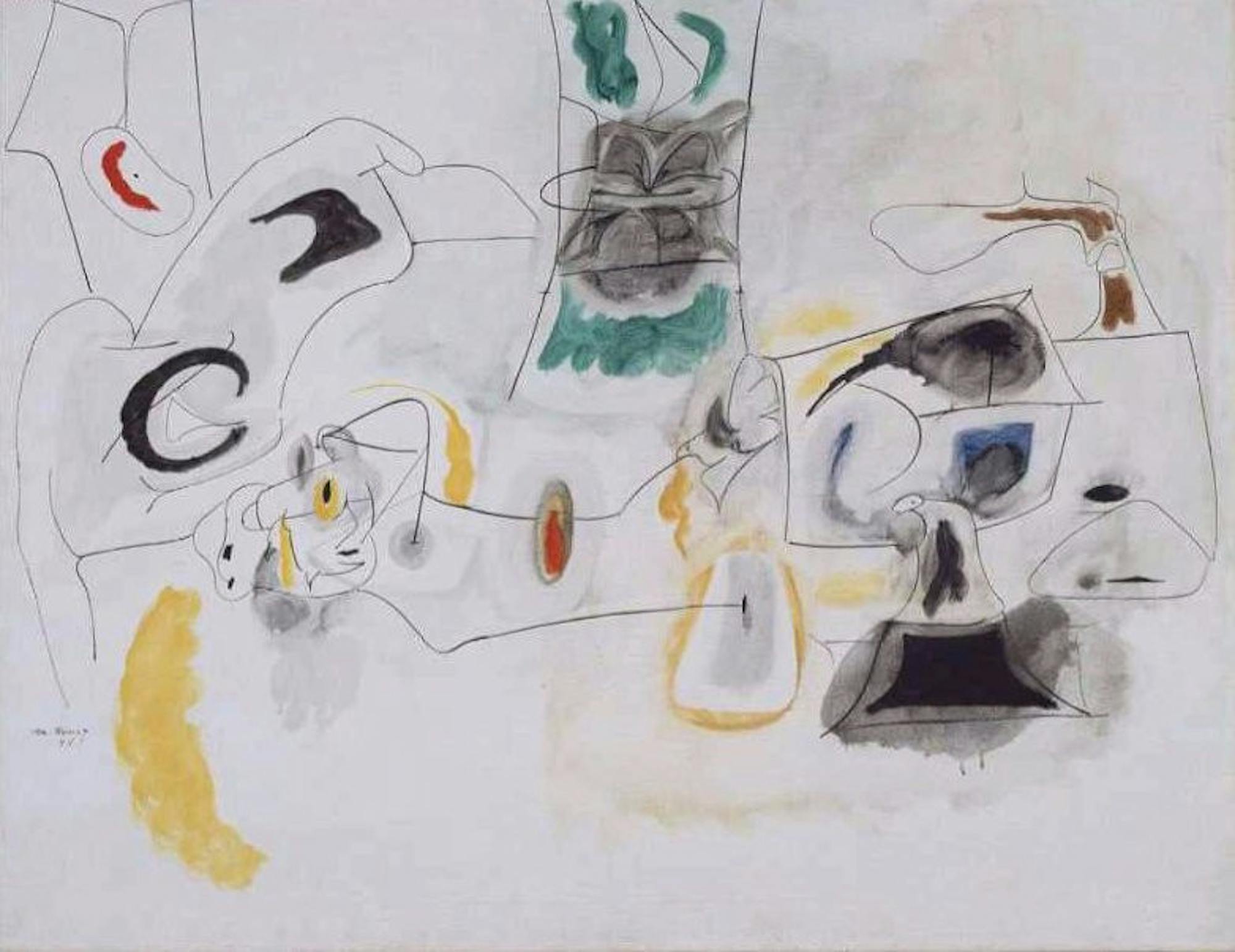The Museum of Fine Arts in Boston is now showing a new exhibit called “'I must tell you what I saw:' Objects of witness and resistance” in its Linde Family Wing for Contemporary Art. It consists of only eight objects and pieces of art, but pays due diligence to them all. The exhibit seeks to bring together pieces from all corners of the world, all of which testify to historical efforts to erase, displace and silence marginalized peoples and cultures.
The title of the exhibit comes from “The Dance,” a 1910 poem by Armenian poet Atom “Siamanto” Yarjanian. “Don’t be afraid. I must tell you what I saw, / so people will understand / the crimes men do to men,” Yarjanian writes. It seems tragically appropriate that the exhibit takes its title from this author, given that Armenian Genocide Remembrance Day is soon approaching on April 24. Yarjanian himself was killed by Ottoman soldiers in 1915.
This exhibit is not centered on the Armenian Genocide, although two of the eight pieces in the exhibit are from Armenia. One is not an art piece in the traditional sense, but a chalk press from the late 19th century. The mundane, humble look of the press hides a noble history. As the exhibit tells us, its owner saved himself and his family from slaughter during the genocide by supplying the Ottoman army with free chalk for several years.
The other piece is an expressionist painting by perhaps the most famous Armenian artist in history, Arshile Gorky. The thin lines and splashes of color characterize “Good Hope Road” (1945), an abstract landscape of the real Good Hope Rd. in Roxbury, Connecticut. It shows a tentative happiness, one that faded later in Gorky's life as he eventually killed himself in Sherman, Connecticut. The average viewer would not have predicted his fate, just as they would not have guessed that that “Arshile Gorky” is Russian for “Bitter Achilles,” had the exhibit not told them.
A traditional Chinese porcelain vase vandalized by red paint also stands out in the exhibit. Upon first glance, it looks like a heavy-handed Banksy piece. In reality, its owner covered the antique with praises of Chairman Mao during the Cultural Revolution to save it from the Communist destruction of traditional Chinese artifacts.
The most famous piece in the collection, J. M. W. Turner’s “Slave Ship” (1840), obscures the horrifying scene of slaves drowning in the ocean with a stunning Romantic maritime landscape. If the exhibit is trying to tell its viewers anything, it is that context -- particularly hidden context -- matters. Both beauty and horror are present in one way or another.
“I Must Tell You What I Saw” is a tug-of-war between tragedy and hope. Like the life and contributions of Gorky, every piece seems to have its own paradox or plot twist. An Indonesian fertility sculpture appears undisturbed, but actually sat in Lake Sentani for almost 100 years. Interestingly, sources differ as to whether it was dumped in the lake by Protestant missionaries in order to destroy local religious practices, or by locals themselves to save the sculptures.
The exhibit is adjacent to another exhibit, “Memory Unearthed: The Lodz Ghetto Photographs of Henryk Ross.” This photographic collection features hundreds of pictures from the early-to-mid 1940s, when Polish Jewish photographer Henryk Ross was hired by the Nazis to shoot fascist propaganda of factory workers in the Jewish ghetto in Lodz, Poland.
Ross managed to save bits and pieces of the film to shoot his own documentation of life in the ghetto, burying them and then recovering them once again after escaping from Auschwitz. Large and overwhelming, "Memory Unearthed" features scene after scene of impoverished, beaten-down Jewish families that eventually has a numbing effect. “I Must Tell You What I Saw,” placed in the room next door, may be the antidote to the exhibit. Undoubtedly, there is a reason why visitors must walk through “I Must Tell You What I Saw” after “Memory Unearthed” in order to exit the gallery.
“I must tell you what I saw” was launched March 25 and will be open until July 30. Tickets are free with Tufts ID.
MFA exhibit pays tribute to historic instances of oppression, prejudice worldwide

'Good Hope Road' (1945) is on display at 'I must tell you what I saw' at the MFA.
Summary
The approach of "I Must Tell You What I Saw" is minimalist but powerful, and allows its viewers to appreciate all the pieces and their fascinating stories in full
5 Stars





